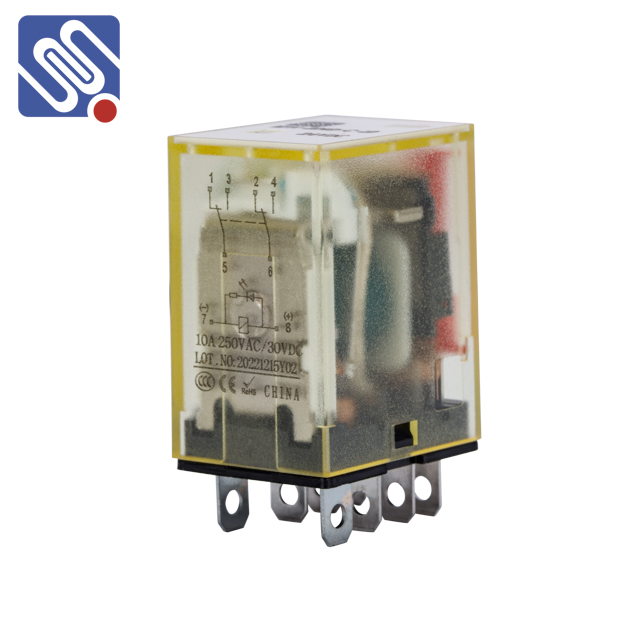A general-purpose relay is an essential component in modern electrical systems, serving as a bridge between low and high-power circuits. These versatile devices are used across various industries and applications, ranging from household appliances to complex industrial machinery. In this article, we’ll explore the design, functionality, applications, and benefits of general-purpose relays, which have become indispensable in everyday electrical control systems.

What is a General-purpose Relay? A general-purpose relay is an electromagnetic switch that allows a low-power electrical circuit to control a high-power circuit. It consists of an electromagnet (coil), contacts, an armature, and a spring. When current flows through the coil, it generates a magnetic field that attracts the armature, which in turn causes the contacts to either open or close. This action can control various devices, such as motors, lights, and alarms, without the need for direct human intervention. There are different types of relays, but the most common type used for general purposes is the electromechanical relay. In these relays, the switch mechanism is mechanical, with a moving armature that physically moves the contacts. Another type gaining popularity is the solid-state relay, which uses semiconductor materials to switch the circuit without moving parts.
Leave a Reply
You must be logged in to post a comment.